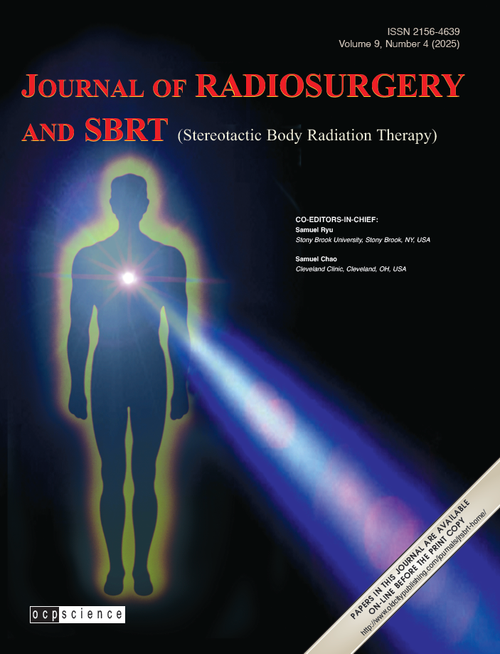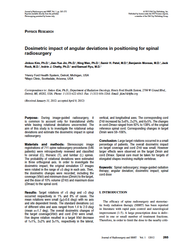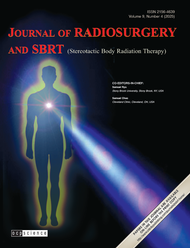- Home
- Journal Contents Downloads
- JRSBRT Downloads
- JRSBRT 9.4, p. 265-272
Product Description
After payment has been processed for your order of a digital copy (PDF) of this article, you will see a download link on your completed order page and also receive an email containing a download link. The links, which will enable you to download one copy of the article, will expire after 24 hours.
External validation of a genomic signature for oligometastatic non-small cell lung cancer
Ariel R. Choi, Ralph B. D’agostino Jr., Claire M. Lanier, Sarah Glynn, Patrick Young, Michael K. Farris, Mohammed Abdulhaleem, Yuezhu Wang, Margaret R. Smith, Jimmy Ruiz, Thomas W. Lycan, W. Jeffrey Petty, Christina K. Cramer, Wencheng Li, Jing Su, Christopher T. Whitlow, Fei Xing and Michael D. Chan
Objective: We previously presented a genomic signature predictive of both oligometastatic disease state and oligoprogression in patients with brain metastases. We sought to validate this oligometastatic genomic signature using an independent dataset of patients without brain metastases.
Methods: Patients with non-small cell lung cancer (NSCLC) and liquid biopsy-based genomic profiling (Guardant Health) were identified in our departmental database. Those with brain metastases were excluded. Patients were assigned an oligometastatic risk score based on the previously derived genomic signature. Oligometastatic disease was defined as ≤5 metastases without diffuse single-organ involvement. For oligometastatic patients, we performed a competing risk analysis for the cumulative incidence of oligoprogression. Cox regression was used to determine association between oligometastatic risk score and oligoprogression.
Results: A total of 225 patients met inclusion criteria for this validation dataset. 158 patients (70%) had oligometastatic disease. Patients with positive and neutral/negative risk scores had a 70 vs 48% likelihood of oligometastatic disease, respectively (p = 0.03 from Fisher’s exact test). Patients with positive risk scores more frequently experienced oligoprogression with a hazard ratio of 1.72 (p = 0.11). Overall survival for patients with positive and neutral/negative risk scores was 92% vs 79% at 6 months; 46% vs 60% at 12 months; 23% vs 34% at 24 months (p = 0.25).
Conclusion: In this independent dataset, our genomic signature predicted oligometastatic disease state and showed a trend towards prediction of oligoprogression. With further study, our findings may suggest a biomarker with future potential to direct local therapies in oligometastatic NSCLC patients.
Keywords: non-small cell lung cancer (NSCLC), oligometastatic disease, genomics, liquid biopsy, personalized oncology, stereotactic body radiation therapy (SBRT)
 Loading... Please wait...
Loading... Please wait...








